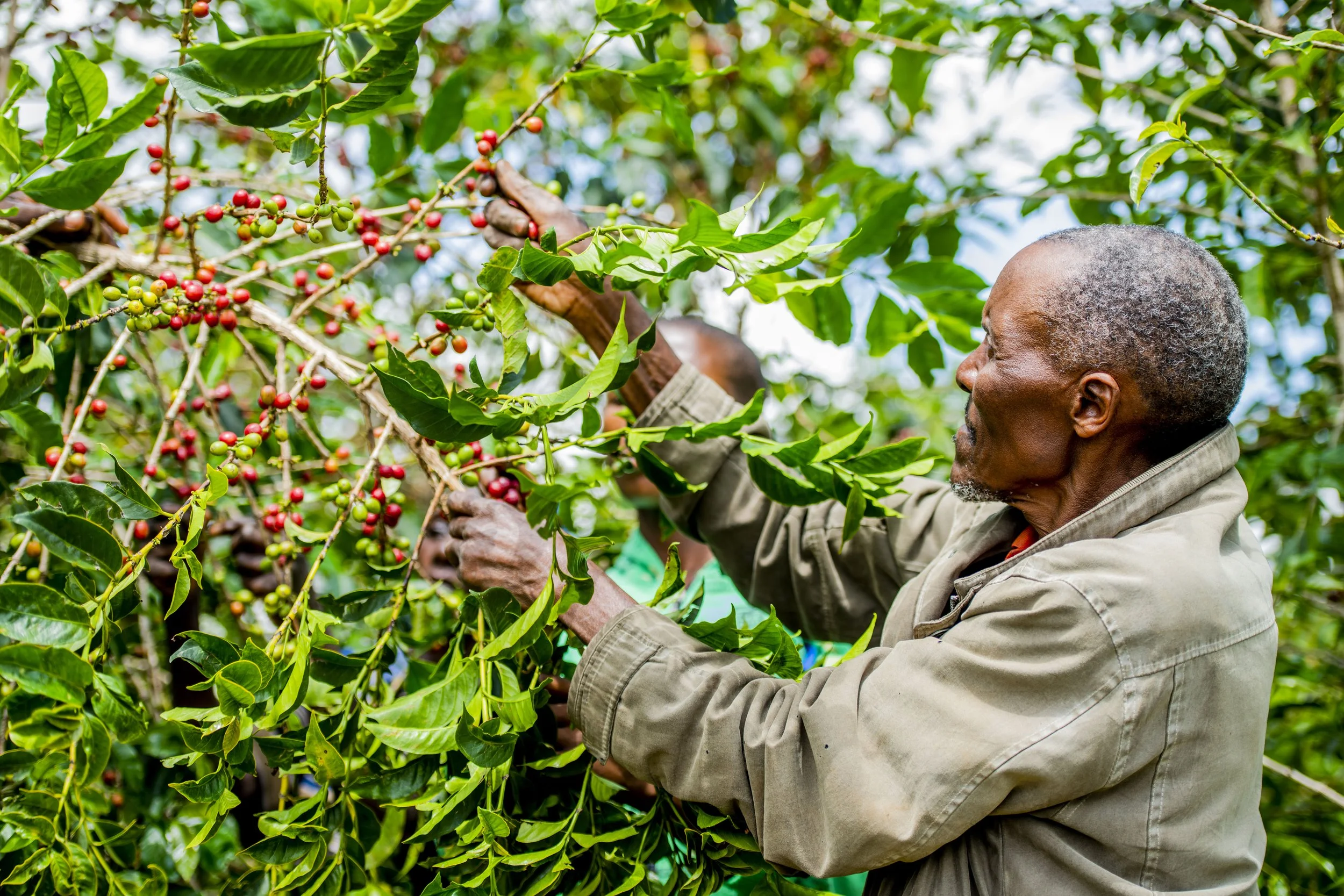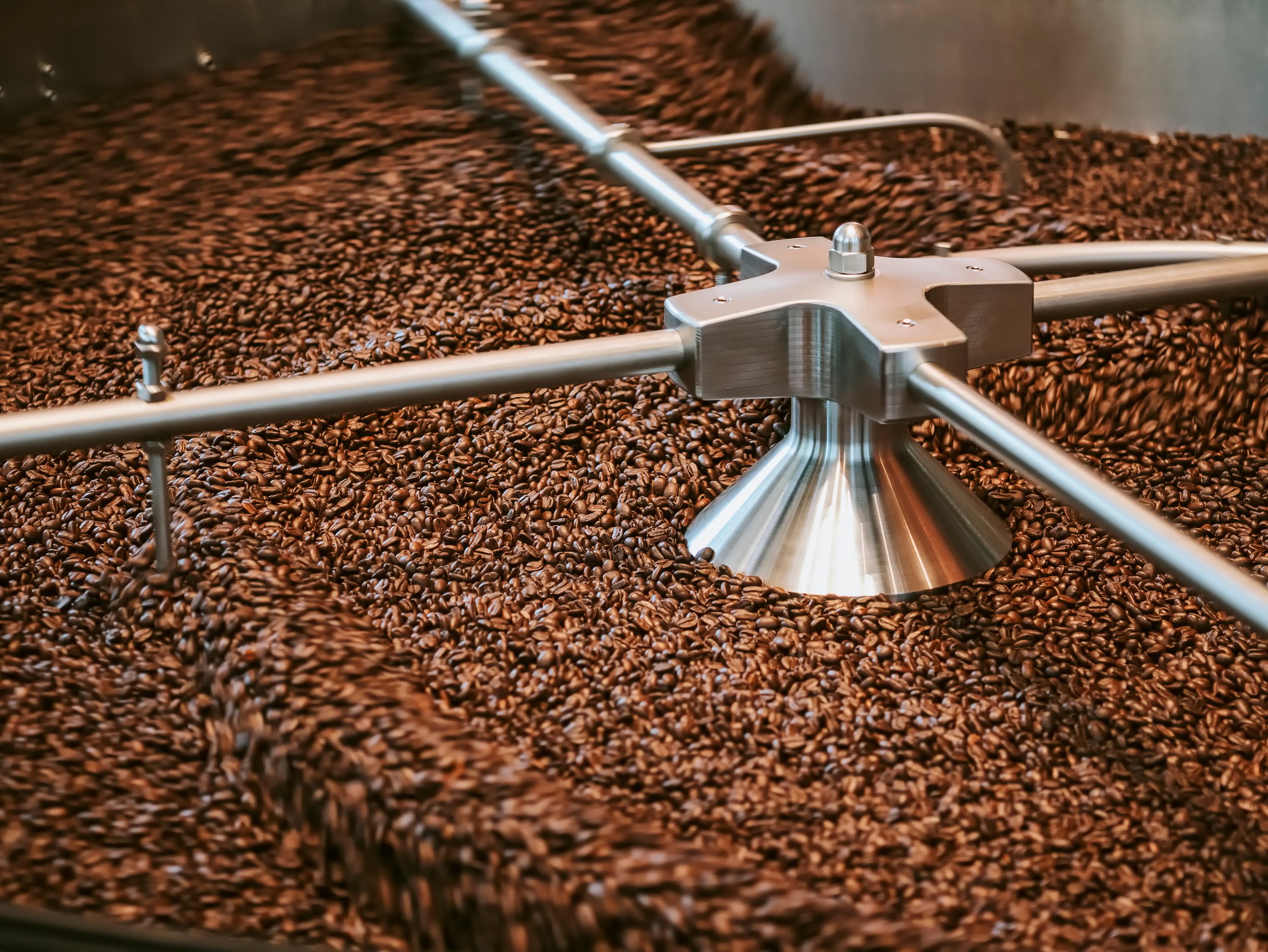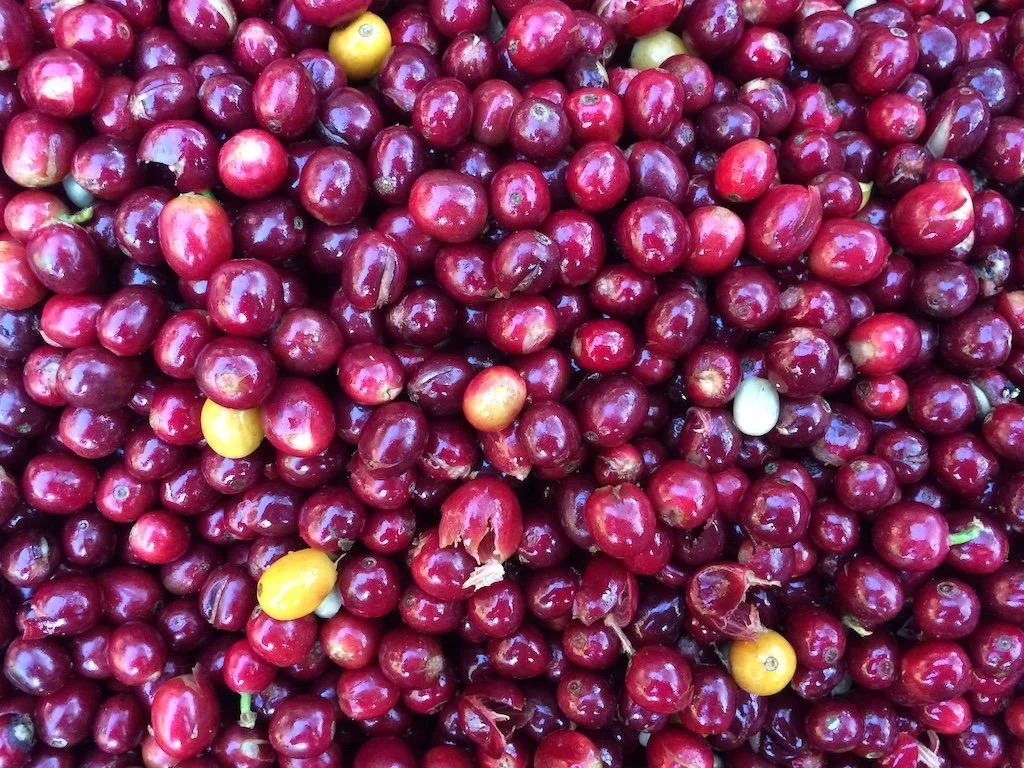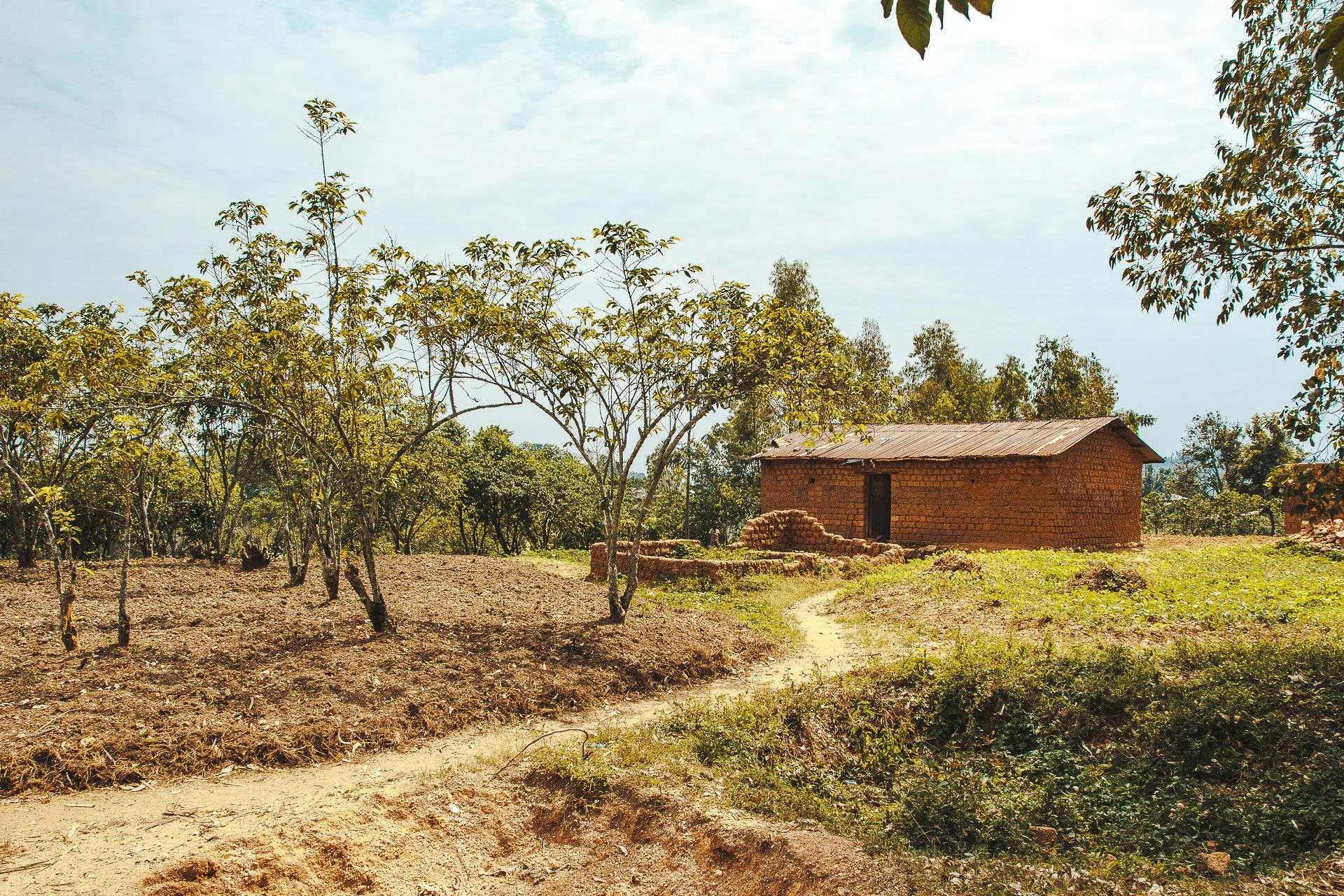Why We Love Dandy Blend
Dandy Blend: The Healthy Coffee Alternative
For many people, coffee is a staple beverage that helps them start their day and keep them going throughout the day. However, the caffeine content in coffee is not something that everything can withstand. Those sensitive to caffeine say it can cause the jitters, anxiety, and insomnia. When we have customers seeking a rich flavored alternative to coffee, we often steer them to try a Dandy Blend. A healthy coffee alternative that provides a similar taste without the caffeine or undesired aforementioned effects.
What is Dandy Blend?
Dandy Blend is a caffeine-free, herbal coffee alternative that is made from a blend of roasted dandelion root, chicory root, barley, rye, and sugar beetroot. It has a rich, full-bodied taste that is similar to instant coffee, but without the bitterness or acidity that you sometimes get with low-quality instant coffee. Dandy Blend is dissolvable, so it can be added to an steamed milk or milk alternative or simply enjoyed with just hot water.
Health Benefits of Dandy Blend
Dandy Blend is not only a delicious coffee alternative, but it also has potential health benefits. Dandelion root, which is one of the main ingredients in Dandy Blend, has been traditionally used in herbal medicine to support liver function and aid digestion. Dandelion root is also rich in antioxidants and may have anti-inflammatory properties. Additionally, chicory root, another key ingredient in Dandy Blend, may help regulate blood sugar levels and improve gut health.
Dandy Blend is also low in calories and sugar. Plus, it contains soluble fiber which may help lower cholesterol levels and improve heart health. We get our Dandy Blend from Great Cape Herbs, with whom we share a building in our Brewster location.
How to Prepare Dandy Blend
Dandy Blend can be prepared like instant coffee by mixing it with hot water or milk. It can be enjoyed hot or cold and can be sweetened with honey, maple syrup, or your favorite sweetener. Dandy Blend is also versatile and can be used in recipes that call for coffee or espresso, such as baked goods or smoothies. We love serving up Dandy Blend lattes, which can be made with any of the milks or milk alternatives we offer.
The Verdict
Overall, Dandy Blend is a great coffee alternative for anyone looking to reduce their caffeine intake but loves the taste and ritual of coffee each day. It's not only tasty but also has potential health benefits and is low in calories and sugar. Plus, it's versatile and can be used in a variety of recipes. So if you're looking for a healthy and tasty alternative to coffee, give Dandy Blend a try!
What is Anaerobic Coffee ?
Coffee fermented in air-tight containers to eliminate the circulation of oxygen and allow the natural sugars to interact with the coffee bean. Photo from our partners at Ally Coffee.
Anaerobic natural coffees, also known as anaerobic fermentation coffees, are a type of coffee that is processed in a unique way. Unlike traditional coffee processing methods, anaerobic natural coffees are fermented without the presence of oxygen. This controlled fermentation process produces a coffee that is distinct in taste and aroma from other types of coffee.
During the fermentation process, the coffee cherries are sealed in an airtight container or tank with limited oxygen. This causes the natural sugars in the coffee cherries to break down and interact with the coffee beans, resulting in unique flavor profiles. The length of the fermentation process and the temperature can also affect the taste and aroma of the coffee.
Our partners at JNP Coffee sort through naturally processed coffee in Burundi.
Anaerobic natural coffees are known for their complexity, with notes of fruit, floral, and wine-like flavors. They are often described as having a sweeter taste and a smooth mouthfeel. The process also results in a lower acidity compared to other types of coffee.
These coffees have gained popularity in recent years due to their unique taste and the potential for experimentation with different fermentation techniques. Coffee producers around the world are experimenting with different variables, such as the type of container, temperature, and length of fermentation, to create new and exciting flavor profiles.
While anaerobic natural coffees may not be as widely available as other types of coffee, they are worth seeking out for coffee lovers who enjoy exploring new taste sensations.
A Coffee Journey from Crop to Cup
Black Gold
When it comes to coffee, the world tends to be broken up into consuming and producing countries. Do you grow or do you drink? As a consuming country, the United States is the largest coffee consumer by volume.
Coffee offerings and experiences range across a spectrum: from a quick, easy, and cheap refill diner coffee through to specialty quality-driven coffee meccas. Before we can enjoy our preferred method or style of of what is often called “black gold,” coffee undergoes a dramatic transformation from a plant to a liquid. Follow us through the journey from farm to cup, and learn more about the drink you consume every day.
Plant
Coffee is a perennial plant grown in the equatorial zones of Latin America, Africa, and Asia. There are over 120 coffee species, but only two species, Coffea Arabica and Canephora, have become commercially viable.
It takes 3-5 years for a plant to bear fruit, depending on the variety. The fruit is referred to as coffee cherries. Coffee harvest is essentially the fruit harvest. Like all fruit there is a flowering phase followed by a fruiting phase. Harvesting time can be brief, and only occurs once a year in some countries. Other origins like Colombia and D.R. Congo produce a main harvest followed by a fly crop later in the year. Coffee is harvested by hand picking the ripened cherries from each coffee plant. This process is highly labor intensive.
Processing
Once the cherries are picked, the fruit needs to be removed from the seed. This is called the Processing stage. How coffee cherries are processed depends on the coffee producer's choice and access to materials:
Processing includes sorting cherries, fermenting, drying and removing the fleshy fruit from the coffee seed. In order to be stable for storage and shipment, coffee needs to lose its organic, composting fruit flesh and have a relatively stable moisture content.
Green Coffee Seed
Once the coffee seed has been brought to a stable state, it is ready to be traded, sold, and exported. Coffee is typically sold in jute bags, with sealed plastic bags called grain pro. This keeps any foreign materials or odors out while maintaining stable moisture levels during transit.
Coffee buyers typically want samples of green coffee, so they can evaluate the most rudimentary form of the coffee. At this point the green coffee is again graded, sorted, evaluated to prepare for the roasting process.
Roasted Coffee
Roasting coffee is both a technical and artistic process. Roasting is the process of using heat to convert raw green seeds into roasted beans. There is a lot of room for personal preference in this process. The job of the roaster is to highlight all the work done beforehand. Variables such as region, variety, processing method and desired flavor characteristics play a role in how the coffee should be roasted. In order to evaluate the potential of a roast profile, a coffee cupping is done to evaluate the potential of coffee.
Cup
All cups of coffee are using some amount of water to take flavors out of some level of ground coffee. We refer to this as extraction, the core concept of any brewing process. Different compounds extract at different rates so that extracting more or less from coffee results in different flavors. Sharper, acidic, flavors tend to come out first, followed by sweetness and fruity flavors, and where heavier bitter notes are extracted last. It is surprising the complexity of the brewing process that gives us so much intrigue as well as frustration of making coffee. Brewing the same coffee in different methods will yield different results. To explore this in more depth, check out our brew guides to experience this first hand.
How well do you know what you're drinking? Or where it came from? Although this overview is brief, the insight into the transformation from plant to cup is truly astounding. Spanning years of investment and growth, and traveling across the globe, it is truly a miracle that we can enjoy coffee everyday.
We Are Raising Our Coffee Prices (but it’s not for reasons you may think)
We are raising our coffee prices, but it’s not because of current inflation or because of higher commodity coffee pricing. We are raising our prices because we need to pay our specialty coffee partners more and nurture our current channels to ensure we can continue to purchase high quality coffee for decades to come.
It’s 2021, and unless you are avoiding all media – and we wouldn’t blame you for this – you have surely heard about inflation in our economy. The pandemic shut down production and logistical operations worldwide leading to many bottlenecks and roadblocks as economies have staggered back open. A spike in American consumer demand as a result of government stimulus and a desire to return to normalcy has led to inflationary levels that many of us have never experienced in our adult lives. If there is a silver lining to this mayhem, it’s that most of us in the developed world should now better understand just how goods from abroad actually get delivered to our front doorsteps. It’s not actually Amazon magic; many human hands are still primarily involved in the production and trade of goods. Machines and AI have yet to supplant everything in our global economy. So when large populations must quarantine because of a deadly virus or decide not to return to work for whatever reason, the previously seamless movement of billions of products gets disrupted. Never has there ever been a greater case for buying local.
Commodity coffee prices soared this past summer when Brazil experienced a few back-to-back cold snaps, preceded by a drought. As we outlined in our previous post about fair trade and organic certifications, the number one most influential factor in commodity coffee pricing is the weather in Brazil. Moreover, fertilizer prices have soared as have freight associated with supplies used in the production process. With a predicted drop in the supply of global coffee because of this weather, investors in the futures market have raised the price of coffee. Higher priced coffee + supply chain disruptions = coffee purveyors charging more for coffee. In fact, the price of coffee has grown by an estimated 53%. Check out this read if you want more details.
But guess what? Higher coffee prices can be a good thing. The historically low – abysmally low - coffee prices that we have witnessed in the past 5 years have led to many growers abandoning their coffee fields and switching their crops to other commodities. Younger generations of coffee growing families have fled the sector instead opting for professions and opportunities that avoid the instability associated with a price that is out of their control and weather patterns that are increasingly placing the viability of coffee production at risk.
We are raising our coffee prices, but it’s not because of current inflation or because of higher commodity coffee pricing. We are raising our prices because we need to pay our specialty coffee partners more and nurture our current channels to ensure we can continue to purchase high quality coffee for decades to come. Increasing our coffee prices aims to tackle some of the challenges associated with scaled supply chain economics that has never benefited the producer on the ground. We feel strongly that working with our community here via education, transparency, and open dialogue, we can leverage our position to invest more in our partners overseas. In paying our partners more, they are afforded the opportunity to invest more in themselves, their families, and their farms. They, and the younger generations that will follow, will have an incentive to continue to grow coffee, to employ best practices associated with the best tasting specialty coffee, to take risks, to purchase what might be necessary to stave off climate-related catastrophes, and to continue to partner with Snowy Owl Coffee because we will be a source of stability in an inherently unstable and risky trade.
Historic C and Fair Trade Coffee Prices: 2015-2021
Source: MacroTrends
Current prices paid for Snowy Owl Coffee blend inputs (Costa Rica, Colombia, Congo) and single origin coffees.
Our business sits on the balance between two very different markets- green coffee and roasted coffee. We serve a customer that can afford a $3.50 cup of coffee and a grower who is lucky if he or she receives $3.50 per lb of green coffee grown, picked, processed, and bagged. As a consumer we might not think about global coffee production when we purchase a cappuccino or a bottomless cup of coffee at a diner. It might even be hard to conceptualize what are the questions we should be asking: Should we be buying organic? Fair Trade? Bird-friendly? Do I even have time to think about this? Coffee is complex. But helping people is a simple decision. And we know that in raising our prices, our ability to keep paying more for delicious coffee – and helping our partners – is solidified.
Sustainability has become a buzz word in the coffee industry, and we have a lot of work to do on all fronts; social, economic, and environmental. But economic feasibility for specialty coffee producers is attainable, and that begins with specialty coffee roasters, like Snowy Owl Coffee, committing to pay even more for our green coffee and demonstrating to our partners on the ground that we are here with them for the long-haul. In an era of growing awareness of just how many human hands overseas provide us with the goods we enjoy every day, we publicly declare our commitment to paying more, and dialoguing with our customers about why we want to pay more, irrespective of the economic forces that may play out over the next 20 years.
Beyond Certifications: Why Snowy Owl Coffee Roasters does not prioritize Organic and Fair-Trade certifications
One of the most common questions we receive has to do with the organic and fair-trade certifications of our coffee products. This is a topic that could be debated for days. While we see a role for certifications in the coffee industry, we want to take an opportunity to explain why since our inception, we made the mindful decision not to prioritize these certifications in our coffee purchases.
One of the most common questions we receive has to do with the organic and fair-trade certifications of our coffee products. This is a topic that could be debated for days. While we see a role for certifications in the coffee industry, we want to take an opportunity to explain why since our inception, we made the mindful decision not to prioritize these certifications in our coffee purchases.
How Coffee is Priced: Commodity vs Specialty
As we have previously explained, producers of coffee are among the poorest in the world. The commodity price of coffee – also referred to as the C price - is set each day on the future’s market in the United States. As with most commodities and products, price is a function of supply and demand. However, unlike most products, in which the demand and supply are calculated in real time, C coffee prices are a function of what traders’ estimate will be the supply and demand in the future. It is often said that the most important indicator of the C market price is the weather in Brazil. This is because Brazil is the top producer of all coffee worldwide: the harvest in Brazil accounts for approximately one-third of all global coffee produced annually. Therefore, while demand for coffee may remain the same or slightly increase, the supply of coffee – which largely depends on the climate and weather patterns – will always change from year to year. This past summer, Brazil experienced a drought, followed up a cold snap, that has sent the C price of coffee to levels not seen in almost a decade. In short, producers selling on the C market have no control over the price they will receive, leaving them vulnerable to forces completely out of their control.
Producers who have shifted to selling specialty coffee, on the other hand, are receiving prices that correspond to the quality of coffee. Specialty Coffee’s new definition is below:
As coffee is “graded,” producers selling coffee that scores higher on the grading scale will receive premiums often equally to 100-200% of the C price of coffee. It’s no coincidence that the best tasting coffee has gone through a meticulous process that accounts for the health and well-being of the growing environment and the hands that have touched the coffee.
Fair Trade Coffee
The fair-trade movement began several decades ago but coalesced into its modern form at the turn of the century. Fair Trade USA, formerly Transfair, the largest fair-trade certifier in the US, opened its headquarters in 1998 and began certifying products in 1999. Fair Trade USA owns the label to the most well-known certification process. You will see this label on products from coffee to home décor.
According to Fair Trade USA, producers in their program are provided a minimum price of $1.40 per pound or 20 cents per pound more than the C price. During the years between 2016 and 2020, when the price of coffee hovered around $1/lb, this premium undoubtedly made a difference.
Criticism of Fair Trade USA / Transfair is everywhere and, in our opinion, are well-laid out in this article. The fair-trade premium does not incentivize quality production. Since it is based off the C market, farmers will get a fixed price for a sack of coffee regardless of the attention they may have paid to the quality during the growing, harvesting, and processing periods. As such, Fair Trade coffee is often low-grade.
Most importantly, there is little empirical proof that the fair trade movement has actually lifted the most vulnerable out of poverty. Coffee growers often rely on migrant workers to pick coffee cherries. And the fair-trade model does not account for these workers. Often, migrant workers are illegal and paid well below the minimum wage.
Organic Certification
The problems with organic certification are quite different to the issues outlined with fair-trade. Namely, organic certification costs a LOT and often results in lower yields, a risk that most small-hold farmers simply cannot take. Research depicts how certifications may trap producers in single, low-priced export cash crops, hindering agricultural diversification. Even further, converting a conventional farm to organic farming can take anywhere from 5 to 7 years, well in advance of when a farmer might know the price to be received or if the investment will pay off. Organic certification standards vary from country to country, so local inspectors must have recognition from all buying nations (i.e. US, Japan, S. Korea, Europe, etc.), which is expensive and must ultimately be incurred by the farm itself. Taken together, organic certification is reserved for larger producers with greater resources and an ability to take an enormous risk.
And as with fair trade certified coffee, organic certification has nothing to do with the quality of the coffee. There is plenty of low-grade coffee grown organically and subject to the organic premium, and there is plenty of non-certified coffee that is high grade, delicious, and grown according to environmental best practices. The latter is what we seek without requiring the expensive burden of the organic certification. While we have purchased and sold certified organic coffees many times in the past 6 years since opening, our goal is always to serve you the best tasting coffee that is ethically sourced and produced with all pillars of sustainability considered. Our producer partners are often employing organic practices. But some may use a synthetic fertilizer or fungal killer for the sake of salvaging an entire swath of their output. Granting our partners permission to take care of their land and maintain their livelihoods in a manner that is flexible and in their best interest is a pillar we hold dearly.
Final thoughts
The average price Snowy Owl Coffee roasters paid to our partners in 2021 is $3.52. This is a holistic average, including all our blend inputs and single origin lots. Blend inputs are typically the cheaper coffee that is blended together to create desired flavor profiles while masking some of the undesired flavors. Single origin coffees are priced higher because they are perfect as is. We feel that at the heart of every successful business is trust. By explicitly partnering with organizations that we trust, we can better effectuate equity in the supply chain. Organizations who prioritize the quality of the coffee, the sustainability and viability of the land, and the well-being of all growers and laborers on a farm are partners we seek to work with. Examples of partners whose values we feel are entirely in alignment with our own but are not necessarily certified include: JNP Coffee, Mighty Peace Coffee, Yego Coffee, Ally Coffee, and Red Fox Coffee.
While certifications may serve a purpose – namely, raising awareness of some of the key issues facing our coffee-growing communities and environment – we see them as unnecessary, burdensome, and sometimes even disingenuous. We will continue our quest to purchase the best tasting, sustainably produced coffee while ensuring that each hands that has touched this coffee is paid a living wage.





















